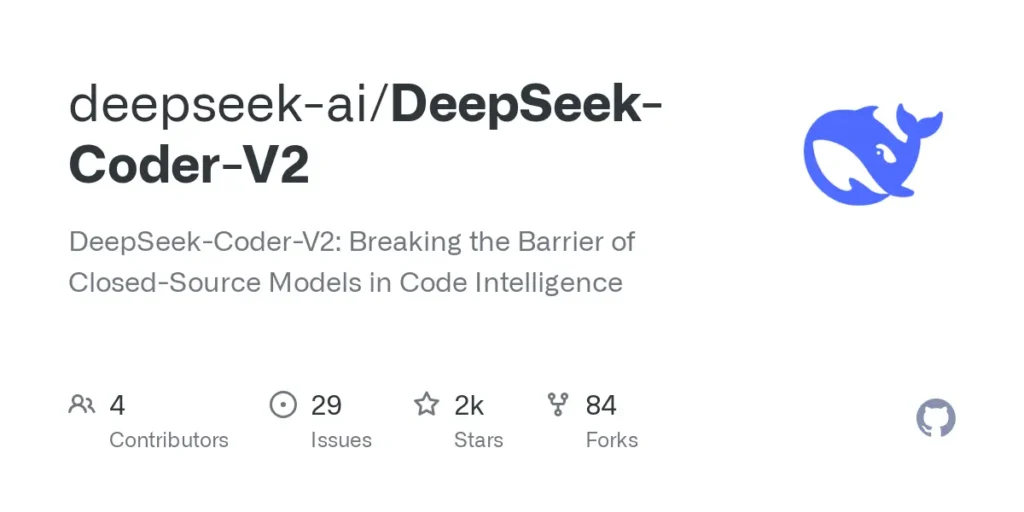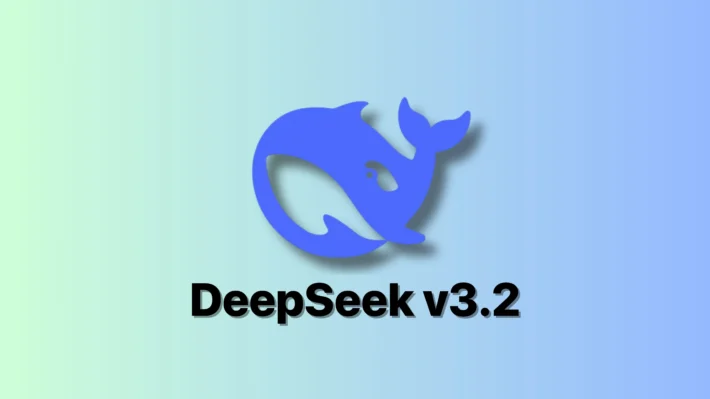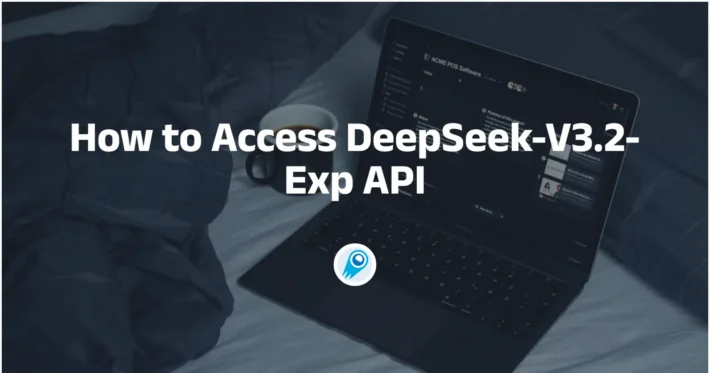What is DeepSeek-Coder V2?

In the rapidly evolving field of artificial intelligence, large language models (LLMs) have significantly impacted various domains, including software development. Among the latest advancements is DeepSeek-Coder V2, an open-source code language model developed by DeepSeek, a Chinese AI company. This model aims to bridge the gap between open-source and closed-source models in code intelligence.
What Is DeepSeek-Coder V2?
DeepSeek-Coder V2 is an open-source Mixture-of-Experts (MoE) code language model designed to perform tasks related to code generation and understanding. It is further pre-trained from an intermediate checkpoint of DeepSeek-V2 with an additional 6 trillion tokens, enhancing its coding and mathematical reasoning capabilities while maintaining comparable performance in general language tasks.
Key Features and Innovations
Expanded Language Support
DeepSeek-Coder V2 has significantly expanded its support for programming languages, increasing from 86 to 338 languages. This broadens its applicability across various coding environments and projects.
Extended Context Length
The model’s context length has been extended from 16K to 128K tokens, allowing it to handle larger codebases and more complex tasks without losing context.
Extended Training:
Further pre-trained from an intermediate checkpoint of DeepSeek-V2 with an additional 6 trillion tokens, enhancing its coding and mathematical reasoning capabilities.
Benchmarking and Performance Metrics
DeepSeek-Coder V2 has achieved impressive results across various benchmarks:
- HumanEval: 90.2% accuracy, indicating high proficiency in generating functional code snippets.
- MBPP+: 76.2% accuracy, reflecting strong code comprehension capabilities.
- MATH: 75.7% accuracy, showcasing robust mathematical reasoning within code contexts .
These metrics underscore the model’s effectiveness in both code generation and understanding.
Technical Architecture
Mixture-of-Experts (MoE)
DeepSeek-Coder V2 employs a Mixture-of-Experts architecture, which allows the model to activate only a subset of its parameters for each input, improving efficiency and scalability.
Multi-Head Latent Attention (MLA)
The model utilizes Multi-Head Latent Attention, a mechanism that compresses the Key-Value cache into a latent vector, reducing memory usage and enhancing inference speed.
Model Variants and Specifications
DeepSeek-Coder V2 is available in several configurations to cater to different requirements:
- DeepSeek-Coder-V2-Lite-Base: 16B total parameters, 2.4B active parameters, 128K context length.
- DeepSeek-Coder-V2-Lite-Instruct: 16B total parameters, 2.4B active parameters, 128K context length.
- DeepSeek-Coder-V2-Base: 236B total parameters, 21B active parameters, 128K context length.
- DeepSeek-Coder-V2-Instruct: 236B total parameters, 21B active parameters, 128K context length.
These variants allow users to select a model that best fits their computational resources and application needs .
Practical Applications
DeepSeek-Coder V2 can be integrated into various development tools and environments to assist with code generation, completion, and understanding. Its support for a wide range of programming languages and extended context handling makes it suitable for complex software projects.
Code Generation and Completion
DeepSeek-Coder V2 excels in generating and completing code snippets across various programming languages. Its extended context window enables it to consider broader code contexts, resulting in more accurate and contextually relevant code generation.
Code Translation
With support for 338 programming languages, the model can effectively translate code from one language to another, facilitating interoperability and codebase modernization efforts.
Automated Documentation
The model’s understanding of code structures and logic allows it to generate comprehensive documentation, aiding in code maintainability and knowledge transfer.
Educational Tool
DeepSeek-Coder V2 can serve as an educational assistant, helping learners understand coding concepts, debug code, and learn new programming languages through interactive examples.
Practical Implementation
Installation and Setup
To utilize DeepSeek-Coder V2, ensure the necessary libraries are installed:
bashpip install torch transformers
Loading the Model and Tokenizer
pythonfrom transformers import AutoModelForCausalLM, AutoTokenizer
tokenizer = AutoTokenizer.from_pretrained("deepseek-ai/deepseek-coder-v2")
model = AutoModelForCausalLM.from_pretrained("deepseek-ai/deepseek-coder-v2")
Generating Code
pythoninput_text = "Write a quicksort algorithm in Python."
inputs = tokenizer(input_text, return_tensors="pt")
outputs = model.generate(**inputs)
result = tokenizer.decode(outputs[0], skip_special_tokens=True)
print(result)
This code snippet demonstrates how to prompt DeepSeek-Coder V2 to generate a Python implementation of the quicksort algorithm .
Conclusion
DeepSeek-Coder V2 represents a significant advancement in open-source code intelligence models, offering enhanced capabilities in code generation and understanding. Its technical innovations, such as the Mixture-of-Experts architecture and Multi-Head Latent Attention, contribute to its efficiency and performance. As an open-source model, it provides an accessible tool for developers and researchers aiming to leverage AI in software development.
Getting Started
Developers can access DeepSeek R1 API and DeepSeek V3 API through CometAPI. To begin, explore the model’s capabilities in the Playground and consult the API guide for detailed instructions. Note that some developers may need to verify their organization before using the model.


